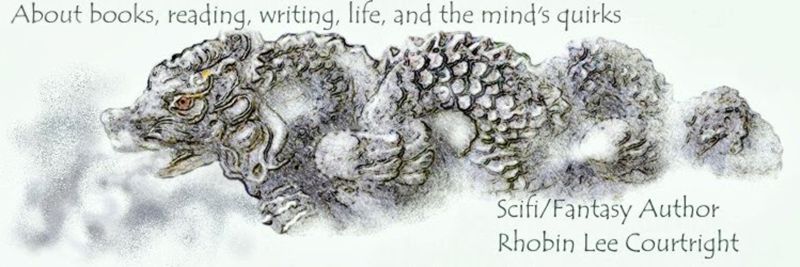Marci
Baun suggested this month's topic: What is the description saturation point for a
reader?
I have to admit, as much as I love good, emotive description, my description toleration is relatively short. I know unending description quickly becomes boring for me. What is its purpose? How does it further the story? What is the author trying to show me?
I have to admit, as much as I love good, emotive description, my description toleration is relatively short. I know unending description quickly becomes boring for me. What is its purpose? How does it further the story? What is the author trying to show me?
Once
someone who knew I wrote told me she wanted to write, too, but she always got
stuck on the plotline. She said she loved description, and raised a hand to a nearby window and became
involved in telling me about the view, telling me that was what she wanted to share
with readers. Her hand moved with the description of what she saw in a moving
tableau of where she wanted to take a reader. She wanted the reader to see
everything she saw and sensed, how the light affected the atmosphere and how it
illuminated all the objects both living and nonliving; how the shadows could be
mysterious, and all the details of everything she imagined. She was stuck on description,
not plot.
Description
is necessary in writing as the detail provides a sense of place and character,
but I feel when any writing technique draws attention to itself, it draws the
reader out of the story. When that happens, the reader often quits reading.
Good
description attracts the reader in a sensual way since most description
relates to taste, feeling, scent, sound, and vision, and
provide keys that invoke the reader's memory. These experience reflections
engage the reader unobtrusively in the story. If a scent is mentioned, and the reader
has encountered that smell, their memory recreates a mental judgment whether it was a good or bad experience, bonding them to the story.
For
me, description often works best when the author inserts a few carefully chosen
descriptors into a sentence whose intent is other than providing description; a
kind of fly-by that doesn’t stop the story but viscerally adds to it.
As with
all writing techniques there are exceptions. Long descriptive passages are occasionally
necessary because a setting is so sumptuous, so extremely offensive, or so strange, it
needs an extended description. I believe one key to delivering this type of
exception is to keep the character moving through the scene, giving detail as
they encounter what needs describing, mixing character, action, and
description.
Check out the following authors and their comments on description:
Marci Baun
Skye Taylor
Beverley Bateman
Anne Stenhouse
Dr. Bob Rich
A.J. Maguire
Rachael Kosinski
Diane Bator


